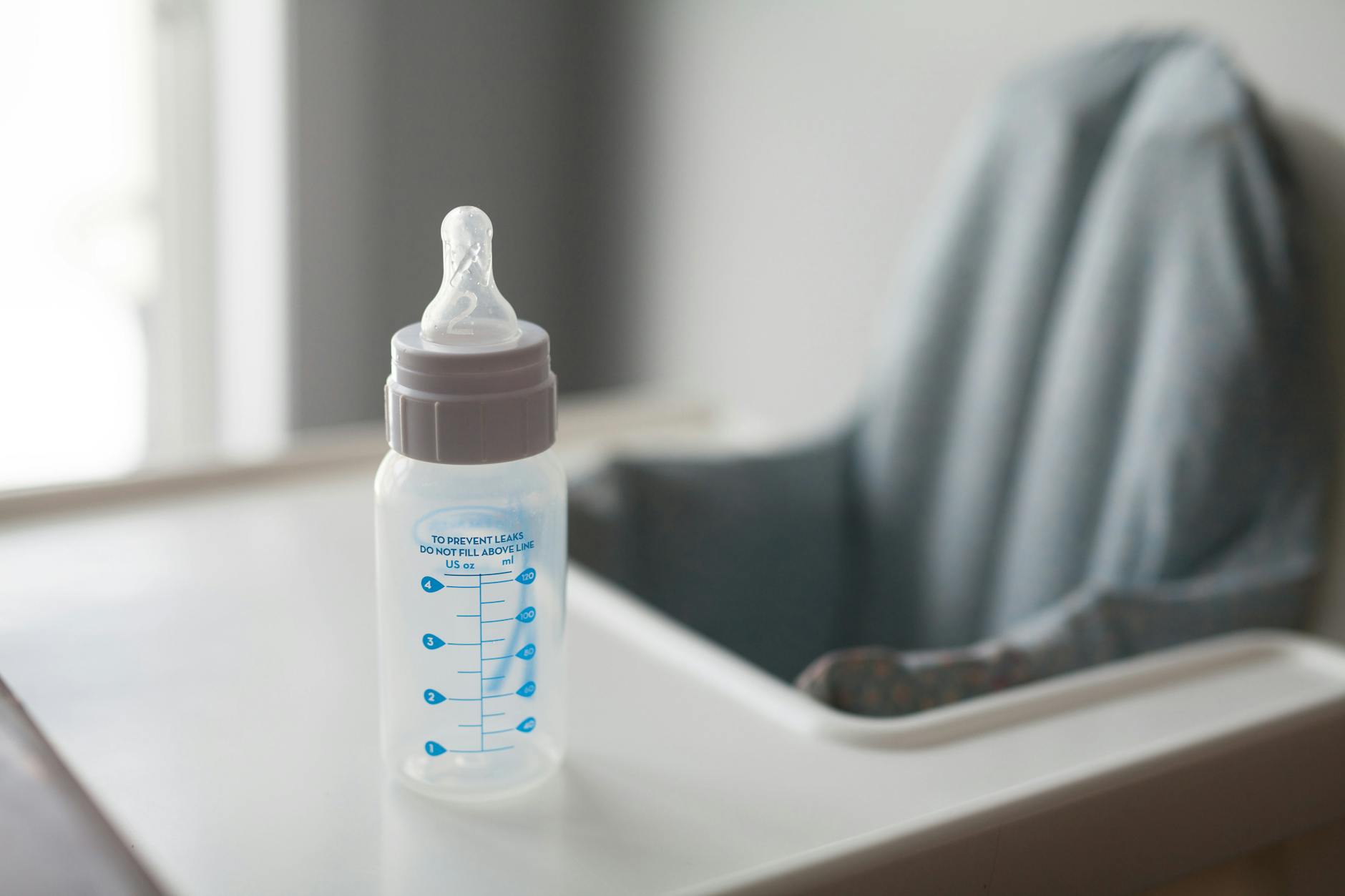Chinese maternal and infant products are making a significant impact on the global stage, according to a detailed 2024 white paper on the industry’s overseas expansion. The report highlights the thriving demand for high-quality, affordable, and innovative products tailored to parents and children worldwide. With a stable growth trajectory, China’s leading brands are becoming household names in key regions across Southeast Asia, the Americas, the Middle East, and Europe, such as patpat.
A Growing Global Market
The global maternal and infant products market has seen remarkable growth, valued at $673.5 billion in 2020 and projected to reach $900 billion by 2026. China, as one of the world’s largest manufacturers and exporters, has successfully positioned itself to capitalize on this growth. Southeast Asia, with its high birth rates and rising disposable incomes, and the Middle East, characterized by large family sizes and purchasing power, are among the most lucrative markets for Chinese brands. Meanwhile, mature markets like the United States and Europe present opportunities for premium products focused on safety and innovation.
China’s Competitive Edge
China’s success in the maternal and infant product market can be attributed to several factors:
- Diverse Product Offerings: Chinese brands cater to every stage of parenthood, from pregnancy to early childhood, offering products such as baby diapers, strollers, infant formula, and educational toys.
- Cost-Effectiveness: Despite delivering high-quality products, Chinese manufacturers maintain competitive pricing, appealing to price-sensitive consumers in emerging markets.
- Innovative Solutions: Many Chinese brands integrate technology into their offerings, including smart baby monitors, electric breast pumps, and other IoT-enabled parenting tools.
- Localized Strategies: Companies tailor their product lines and marketing strategies to suit regional tastes and cultural preferences, ensuring relevance in diverse markets.
Strategic Market Entry
Chinese brands are also employing effective entry strategies across different regions:
- Southeast Asia: Dominated by young families, this market is an ideal testing ground for affordable, high-demand essentials like diapers and baby food. Chinese companies leverage platforms such as Shopee and Lazada to engage digitally savvy parents.
- United States: As a high-income, e-commerce-oriented market, the U.S. favors online retail giants like Amazon, alongside independent brand websites. Premium products emphasizing health, safety, and environmental sustainability are in demand.
- Middle East: The region’s cultural emphasis on large families and high birth rates drives consistent demand for basic and premium maternal products. Chinese brands focus on building partnerships with local retailers and expanding their presence on regional e-commerce platforms.
- Europe: With a smaller but discerning customer base, Europe demands high-quality, sustainable, and aesthetically pleasing products. Chinese companies often highlight their eco-friendly credentials to appeal to environmentally conscious consumers.
Shifting Consumer Preferences
As noted in the report, modern parents are becoming more selective, prioritizing safety, functionality, and aesthetics. In the U.S., for instance, younger, high-income mothers gravitate toward products that combine efficiency and self-care. Meanwhile, Middle Eastern families look for durable, high-value items that align with traditional and religious practices.
Technology-Driven Marketing
The adoption of advanced marketing strategies has also been pivotal for Chinese brands. Social media platforms like Instagram, TikTok, and Facebook serve as primary channels for consumer engagement. Influencer partnerships and user-generated content further amplify their reach and credibility. In the U.K., for example, maternity and baby care brands rely on collaborations with niche influencers to promote products that align with local tastes and parenting styles.
Challenges and Future Prospects
Despite their success, Chinese maternal and infant product companies face challenges such as rising global competition, stricter import regulations in certain regions, and the need to continuously innovate. However, the industry’s focus on combining technological advancements with culturally adaptive strategies ensures a bright future.
With a consistent growth rate and increasing global recognition, China is not just a participant in the maternal and infant products market—it is setting the pace. The success of these brands underscores a broader trend: China’s growing influence in shaping international consumer markets.
As the world continues to recognize the value and quality of Chinese maternal and infant products, the sector’s global footprint is set to expand further, bridging cultural gaps and meeting the needs of families across continents.

评论